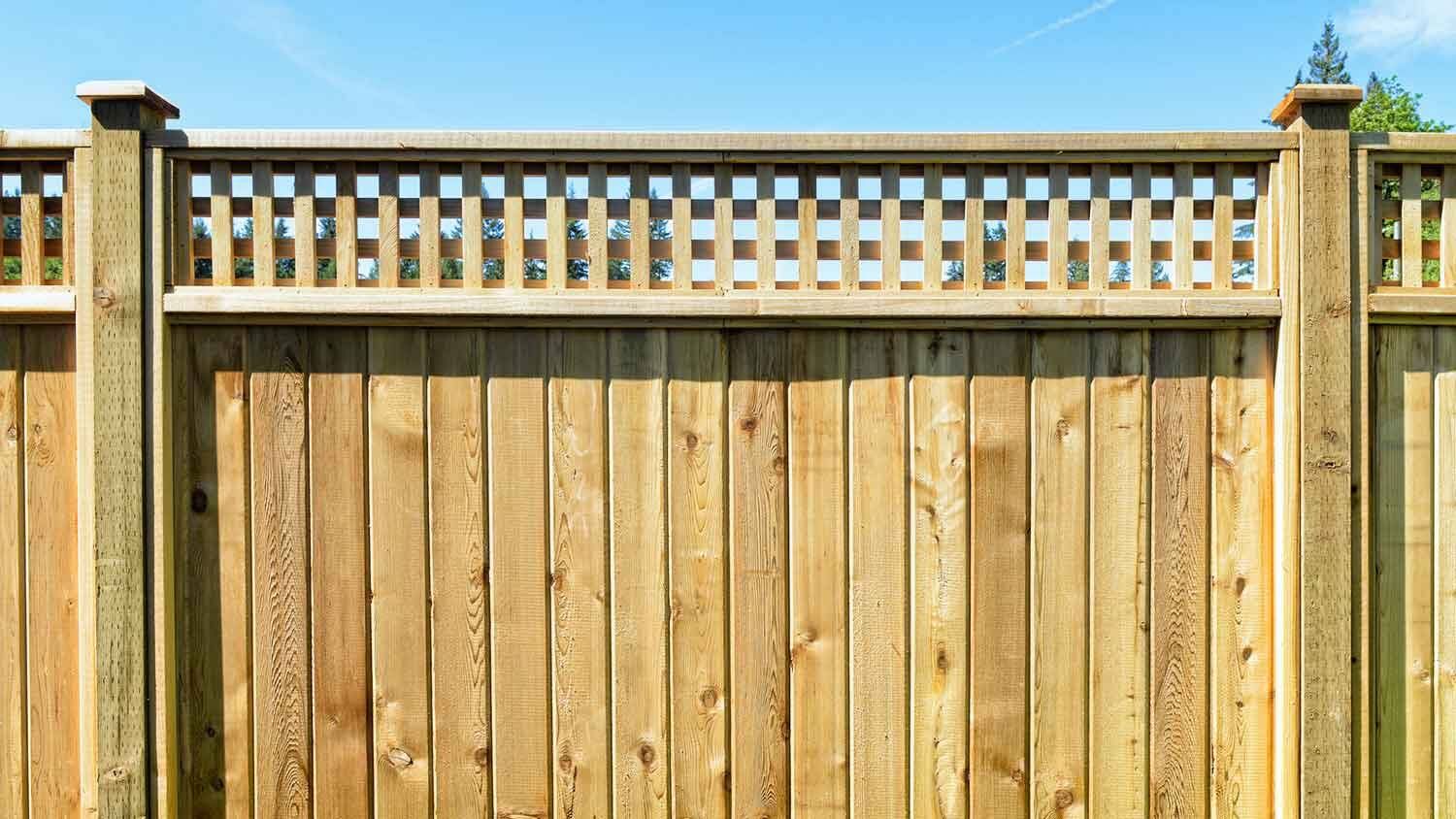

Articles
How To Make A Privacy Fence Taller
Modified: October 20, 2024
Learn how to make your privacy fence taller with these helpful articles. Increase the height and enhance your backyard privacy effortlessly!
(Many of the links in this article redirect to a specific reviewed product. Your purchase of these products through affiliate links helps to generate commission for Storables.com, at no extra cost. Learn more)
Introduction
A privacy fence is a great way to create a secure and secluded outdoor space. It offers you the privacy you desire while also enhancing the aesthetic appeal of your property. However, there may come a time when you realize that your existing privacy fence isn’t quite tall enough to meet your needs. Maybe new neighbors have moved in, or you simply want to create a higher barrier for added privacy.
In this article, we will guide you through the process of making a privacy fence taller. We will explore different methods and materials to achieve this, as well as cover any legal considerations you need to keep in mind. By the end, you’ll have all the knowledge and information you need to efficiently extend the height of your privacy fence.
Before we dive into the specifics, it’s important to assess whether extending your fence height is necessary. Take a look at your surrounding area and consider factors such as new construction, changes in the landscape, or if you simply desire a higher level of privacy. Identifying the need for a taller fence will help you determine the best approach for your specific situation.
Once you’ve established your need for a taller fence, you should also take the time to research any legal considerations that may impact your project. Local building codes and homeowner association guidelines may have restrictions on fence height. It’s crucial to ensure that your plans comply with these regulations to avoid any potential legal issues down the line. Consulting with local authorities or professionals in your area can provide valuable insights into the specific requirements you need to meet.
Next, you need to decide on the right material to use for extending the height of your fence. It’s essential to select a material that matches the existing fence and provides the desired level of privacy and durability. Common options include wood, vinyl, or metal. Each material has its pros and cons, so make sure to consider factors such as cost, maintenance requirements, and compatibility with your existing fence.
Key Takeaways:
- Assess the need for a taller privacy fence by considering factors such as privacy, security, visual appeal, neighborhood changes, nuisances, and future plans. Careful evaluation will guide you in making an informed decision about extending your fence height.
- Before extending your privacy fence, ensure compliance with local building codes, homeowner association guidelines, boundary line agreements, permits, and neighbor consent. Prioritize legality to avoid potential conflicts and legal consequences.
Read more: How To Make A Fence Taller For Dogs
Assessing the Need for a Taller Privacy Fence
Before you embark on the project of making your privacy fence taller, it’s important to thoroughly assess the need for such an extension. Consider the following factors to determine if increasing the fence height is the right solution for you:
- Privacy: Evaluate how effectively your existing fence provides the desired level of privacy. If you feel exposed or uncomfortable due to the height of the fence, it might be time to consider making it taller.
- Security: Assess whether your current fence provides adequate security. If you have concerns about trespassing, a taller fence can offer added protection and peace of mind.
- Visual Appeal: Consider if you are satisfied with the overall look of your fence. A taller fence can enhance the aesthetic appeal of your property and complement the architectural style of your home.
- Neighborhood Changes: Reflect on any recent changes in your neighborhood that may have prompted the need for a taller fence. New construction or a change in neighboring properties can affect your privacy and necessitate an increase in fence height.
- Nuisances: Take note of any nuisances, such as noise or unsightly views, that a taller fence could help mitigate. Increasing the height can create a more comfortable and enjoyable outdoor environment.
- Future Considerations: Think about your long-term plans for the property. If you anticipate changes such as a pool installation or a desire for a more secluded outdoor space, planning for a taller fence now can save you time and effort in the future.
By carefully evaluating these factors, you can determine if extending the height of your privacy fence is the best solution for your needs. This assessment will help guide you through the next steps of the process and ensure that you make an informed decision regarding your fence height requirements.
Legal Considerations for Increasing Fence Height
Before you proceed with making your privacy fence taller, it’s crucial to understand and comply with any legal regulations that govern fence height in your area. Here are some key legal considerations to keep in mind:
- Local Building Codes: Check your local building codes to determine the maximum allowed fence height in your area. These codes are in place to ensure safety and uniformity within the community. Non-compliance can result in fines or the need to remove the fence extension.
- Homeowner Association Guidelines: If you live in a neighborhood with a homeowner association (HOA), review their guidelines regarding fence height modifications. Some HOAs have strict rules and regulations in place that dictate the height and design of fences. Obtain approval from the HOA before proceeding with the project to avoid conflicts and potential penalties.
- Boundary Line Agreement: It’s important to be aware of the boundaries of your property to avoid disputes with neighbors. Review your property survey or hire a professional to accurately determine your property lines. Ensure that any fence extensions stay within your property boundaries to avoid potential legal issues.
- Permits: In some cases, increasing fence height may require obtaining permits from your local municipality. Research whether a permit is necessary and follow the appropriate application process to ensure compliance with regulations.
- Neighbor Consent: When making changes to a shared fence line, it’s considerate to inform and seek consent from your neighbors. Keep them informed about your plans, and address any concerns they may have. Collaboration with neighbors can help maintain positive relationships and prevent disputes.
It’s essential to prioritize legality and adhere to all relevant regulations throughout the process. Failure to do so can result in costly consequences and strained relationships with neighbors or authorities. Consulting with professionals, such as local building officials or legal experts, can provide you with the necessary guidance and ensure that your fence height extension is compliant with all legal requirements.
Choosing the Right Material for Extending the Fence
When it comes to extending the height of your privacy fence, selecting the right material is essential. The material you choose will determine the overall look, durability, maintenance needs, and cost of your extended fence. Here are some popular options to consider:
- Wood: Wood is a classic and versatile material for privacy fences. It offers a natural and warm aesthetic that complements many architectural styles. Cedar and redwood are popular choices due to their natural resistance to rot and decay. Wood fences can be customized to various heights and styles to match your existing fence. However, keep in mind that wood requires regular maintenance, such as staining and sealing, to prolong its lifespan and appearance.
- Vinyl: Vinyl fences are known for their low maintenance requirements and durability. They are resistant to rot, insects, and fading. Vinyl fences come in a variety of styles and colors, allowing you to match the existing fence seamlessly. They are a long-term investment, as they require minimal upkeep and can withstand harsh weather conditions. However, vinyl fences tend to be more expensive than other materials, and their color options may be limited.
- Metal: Metal fences, such as wrought iron or aluminum, offer a sleek and durable option for extending your privacy fence. They provide a high level of security and require minimal maintenance. Metal fences can be customized to various heights and designs, allowing for a stylish and functional extension. However, keep in mind that metal fences can be more costly than other materials and may require occasional maintenance, such as repainting or rust-proofing.
- Bamboo: Bamboo fences offer a unique and eco-friendly option for increasing privacy. They provide a natural and tropical aesthetic that can transform your outdoor space. Bamboo is a renewable resource and can be an excellent choice for those seeking a sustainable fencing option. However, be aware that bamboo fences may require more frequent maintenance, such as sealing and occasional replacement, to ensure their longevity.
When choosing the right material, consider factors such as budget, maintenance requirements, desired aesthetic, and compatibility with your existing fence. Additionally, consult with professionals or visit local home improvement stores to explore the available options and seek their expertise. By selecting the appropriate material, you can create a taller privacy fence that not only meets your needs but also enhances the overall look and functionality of your outdoor space.
Tools and Materials Required
Before you begin the process of extending the height of your privacy fence, it’s important to gather all the necessary tools and materials. Having the right equipment on hand will make the project more efficient and ensure a successful outcome. Here is a list of commonly required tools and materials:
Tools:
- Measuring Tape
- Hammer
- Saw (Circular or Reciprocating)
- Level
- Drill
- Screwdriver (Phillips and Flathead)
- Nail Gun or Hammer and Nails
- Ratchet or Wrench
- Post Hole Digger or Auger
- Mixing Bucket and Stir Stick (for concrete)
- Rope or String
- Safety Gear (Gloves, Safety Glasses, Ear Protection)
Materials:
- Fence Panels or Boards
- Support Posts (Wooden or Metal)
- Fence Post Caps
- Screws or Nails
- Concrete Mix (if installing new support posts)
- Gravel or Aggregate (for post hole base)
- Brackets or Connectors (if using existing fence sections)
- Paint or Stain (optional, for finishing)
It’s essential to ensure that the tools and materials you choose are suitable for your specific fence extension project. Consider the type of material used in your existing fence and ensure compatibility with any new additions. Additionally, if you are not confident in your DIY capabilities, it may be worth hiring professionals who have the necessary tools and expertise to complete the project efficiently and safely.
Prior to starting any construction or installation, it’s crucial to read and follow the manufacturer’s instructions for all materials and tools. Adhering to proper safety protocols and wearing appropriate safety gear is necessary to prevent injuries and ensure a successful outcome.
By gathering all the required tools and materials in advance, you can streamline the process of extending the height of your privacy fence, ensuring that you have everything you need readily available as you embark on this project.
Consider adding lattice or trellis panels to the top of your existing privacy fence to increase its height. This can provide additional privacy and security while also adding a decorative touch to your fence.
Read more: How To Decorate A Privacy Fence
Step-by-Step Guide to Making a Privacy Fence Taller
Now that you have assessed the need for a taller privacy fence, considered legal regulations, chosen the right material, and gathered the necessary tools and materials, it’s time to dive into the step-by-step process of extending your fence height. Follow these instructions to successfully complete the project:
Step 1: Measure and Plan:
Start by measuring the length of the fence where you want to add height. Determine the desired height for your fence extension and mark it accordingly. Take into account any slope in the ground that may require adjusting the height at various points along the fence line. Plan the placement of support posts or the attachment of fence panels or boards to the existing structure.
Step 2: Remove Existing Fence Sections (optional):
If you are adding height by attaching fence panels or boards to the existing structure, you may need to remove sections of the current fence. Carefully detach the necessary portion, ensuring to support it properly to avoid damage.
Step 3: Install Support Posts (if needed):
If you are installing new support posts, use a post hole digger or auger to create holes at appropriate intervals along the fence line. Follow the manufacturer’s instructions for hole size and depth. Place the support posts in the holes, ensuring they are plumb and level. Fill the holes with concrete mix and allow it to cure according to the manufacturer’s recommendations.
Step 4: Attach Fence Panels or Boards:
If using fence panels or boards, align them vertically with the existing fence or support posts. Use brackets or connectors to securely attach them, following the manufacturer’s instructions. Ensure that the panels or boards are level and evenly spaced. If necessary, trim the panels or boards to fit along the fence line using a saw.
Step 5: Secure the Extension:
Use screws or nails to secure the fence panels or boards to the existing structure, taking care to align them properly. Double-check for levelness as you progress along the fence line, adjusting as needed to maintain a straight and uniform appearance.
Step 6: Finishing Touches:
Once the fence extension is securely in place, add any finishing touches to enhance its appearance and durability. Install fence post caps for a polished look, and apply paint or stain to protect and beautify the wood, if desired.
Step 7: Clean Up:
Remove any construction debris and clean the work area. Dispose of any unused materials properly, and store your tools in a safe and organized manner for future use.
Remember, each privacy fence extension project will have its unique characteristics and requirements. Adapt the steps provided to fit your specific situation, and always refer to the manufacturer’s instructions for any materials used during the process. By following this step-by-step guide, you’ll be able to successfully make your privacy fence taller and enjoy the increased privacy and security it provides.
Alternative Methods to Increase Fence Height
If extending the height of your privacy fence using fence panels or boards is not an option, there are alternative methods you can consider to increase the fence height. Here are some alternative methods that you can explore:
1. Lattice Toppers:
One popular method is to attach lattice panels to the top of the existing fence. Lattice toppers are decorative and allow for an increase in height without completely obstructing the view. They are available in various styles and can be painted or stained to match the existing fence. Simply attach the lattice panels securely to the top of the fence using screws or nails.
2. Trellis or Arbor:
Installing a trellis or arbor can provide both height and visual interest to your privacy fence. These structures can be attached to the existing fence or placed alongside it. Climbing plants can be added to the trellis or arbor, further enhancing privacy and creating a beautiful natural screen.
3. Outdoor Privacy Screens:
If you prefer a portable and versatile solution, outdoor privacy screens can be a great option. These screens are available in various sizes and designs, and they can be easily moved and adjusted as needed. They can be placed in front of the existing fence to add height and create a more private and enclosed outdoor space.
4. Plantings:
Utilizing plants strategically can create a natural and green barrier for added privacy. Planting tall shrubs, trees, or bamboo along the fence line can provide both height and beauty. However, keep in mind that plantings may require regular maintenance and take time to grow to the desired height.
5. Decorative Features:
Consider adding decorative features to your existing fence to increase its visual impact. This can include attaching decorative panels, metalwork, or artwork to the fence. These features can be placed at intervals along the fence or focused on specific areas where additional height is desired.
6. Conversation with Neighbors:
In some cases, open communication with your neighbors can lead to mutually agreeable solutions. Discuss your desire for increased privacy and explore potential options together. They may be willing to contribute financially or have suggestions that can help address your concerns.
Before proceeding with any alternative methods, it’s important to consult any local regulations or homeowner association guidelines that may impact your project. Some communities may have restrictions on the types of modifications allowed or may require approval before making changes to the fence.
By exploring these alternative methods, you can find a solution that suits your needs, preferences, and budget while elevating the height and privacy of your existing fence.
Maintaining and Caring for a Taller Privacy Fence
Once you have successfully extended the height of your privacy fence, it’s important to implement proper maintenance and care practices. Maintaining your taller fence will help ensure its longevity, functionality, and aesthetic appeal. Here are some tips and guidelines to follow:
1. Regular Cleaning:
Regularly clean your fence to remove dirt, debris, and any buildup that can detract from its appearance. Use a gentle cleanser and a soft brush or cloth to avoid scratches or damage to the material. Rinse thoroughly with water after cleaning.
2. Inspect for Damage:
Frequently inspect your fence for any signs of damage, such as loose boards, broken panels, or rusted metal components. Repair or replace any damaged parts promptly to maintain the structural integrity and appearance of the fence.
3. Stain or Paint Maintenance:
If your fence is made of wood or has been stained or painted, regular maintenance is important to protect it from weathering and fading. Follow the manufacturer’s recommendations for reapplying stain or paint to keep the wood preserved and maintain the desired color.
4. Trim Vegetation:
Regularly trim any vegetation that grows near or alongside the fence to prevent it from encroaching or causing damage. Overgrown plants can put pressure on the fence or cause moisture buildup, leading to rot or deterioration.
5. Address Pest Control:
Take steps to prevent pest infestations, such as termites or wood-boring insects, which can compromise the integrity of your fence. Consider using pest control treatments or professional services to protect the wood or other materials from damage.
6. Adjust Gate Hinges and Latches:
Check the hinges and latches on your gate regularly to ensure they are aligned, properly fastened, and in good working condition. Loose or misaligned hardware can affect the functionality and security of your fence.
7. Protect Against Weather Elements:
Shield your fence from harsh weather elements by applying weatherproofing treatments or sealants, if applicable. This will offer additional protection against moisture, UV rays, and temperature fluctuations.
8. Monitor and Maintain Support Posts:
If you have installed new support posts for your taller fence, regularly inspect them for any signs of shifting, rot, or instability. Address any issues promptly to prevent further damage and maintain the structural integrity of your fence.
9. Maintain Drainage:
Ensure proper drainage around the base of the fence to prevent waterlogging, which can lead to rot or deterioration. Clear any debris or buildup that may obstruct the flow of water.
By following these maintenance and care practices, you can ensure that your taller privacy fence remains in excellent condition for years to come. Regular upkeep will not only preserve its functionality and appearance but also provide continued privacy and security for your outdoor space.
Conclusion
In conclusion, extending the height of your privacy fence can provide the added privacy and security you desire for your outdoor space. It allows you to create a secluded sanctuary and enhances the visual appeal of your property. By assessing the need for a taller fence, considering legal regulations, choosing the right materials, gathering the necessary tools and materials, and following a step-by-step guide, you can successfully complete the project.
Whether you choose to attach fence panels, use lattice toppers, add trellises or arbors, utilize plantings, or explore other alternative methods, there are numerous options available to increase your fence height. Consider factors such as visibility, aesthetics, durability, maintenance requirements, and compliance with local regulations when making your decision.
Once your privacy fence is taller, it’s crucial to implement regular maintenance and care practices, which may include cleaning, inspecting for damage, staining or painting, vegetation trimming, pest control, and checking gate hardware and support posts. By taking proactive measures, you can ensure the longevity and functionality of your taller fence, as well as protect it against weather elements and potential issues.
Remember to consult any applicable legal regulations and homeowner association guidelines before making modifications to your fence. Open communication with neighbors and collaboration on privacy concerns can help maintain positive relationships within the community.
By following the guidelines and suggestions outlined in this article, you are well-equipped to make informed decisions and successfully create a taller privacy fence. Enjoy the benefits of added privacy, security, and aesthetic enhancement that a taller fence can bring to your outdoor living space.
Frequently Asked Questions about How To Make A Privacy Fence Taller
Was this page helpful?
At Storables.com, we guarantee accurate and reliable information. Our content, validated by Expert Board Contributors, is crafted following stringent Editorial Policies. We're committed to providing you with well-researched, expert-backed insights for all your informational needs.
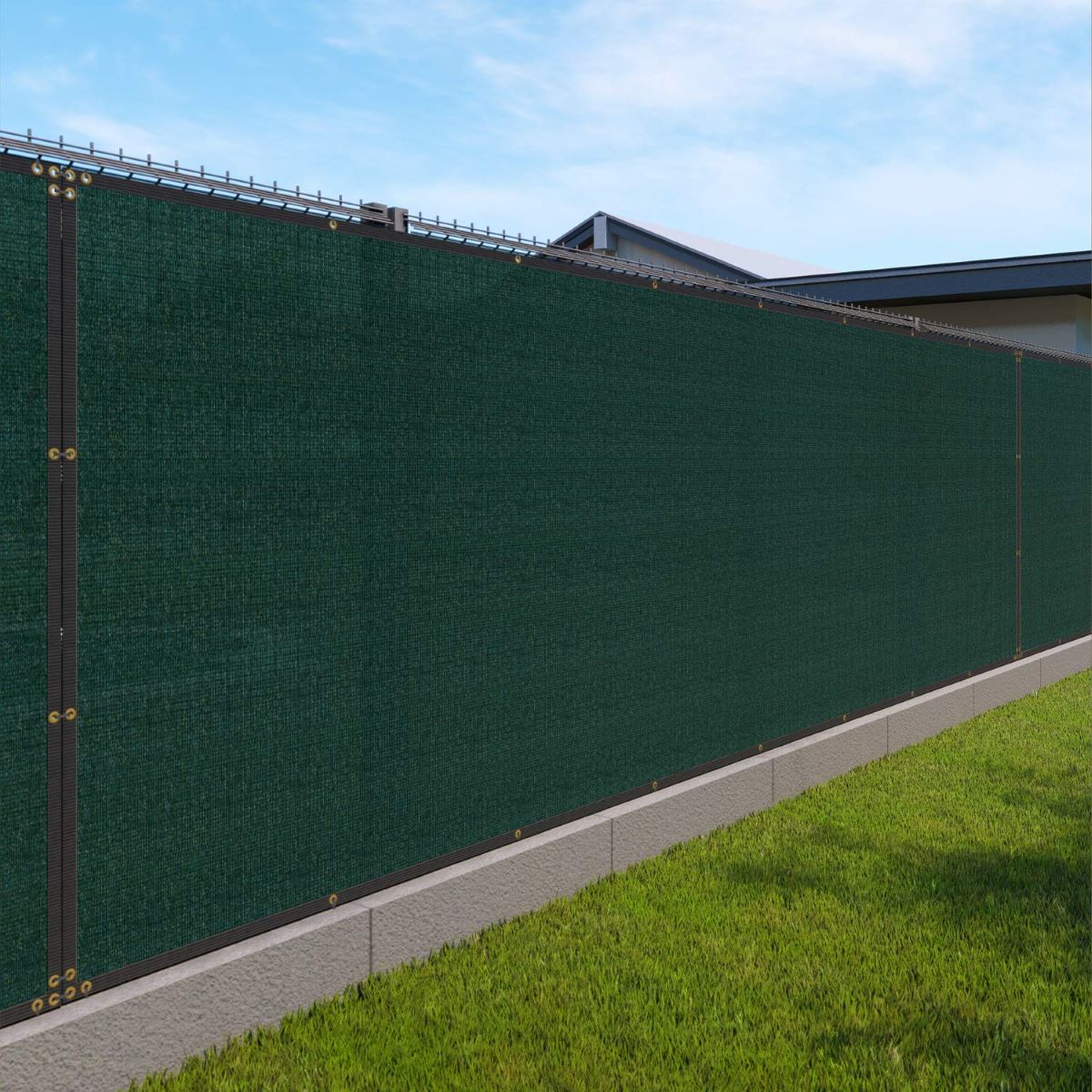
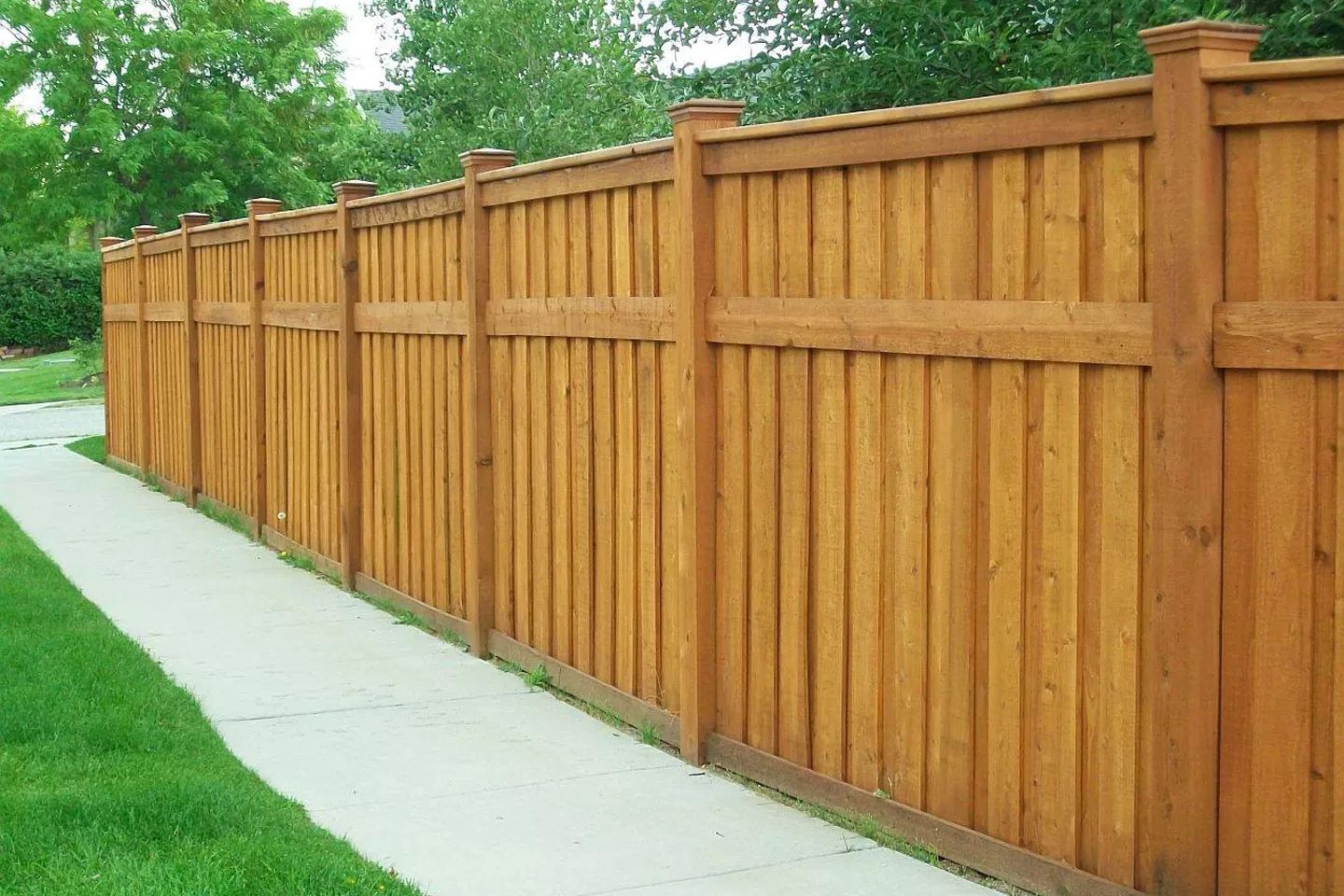
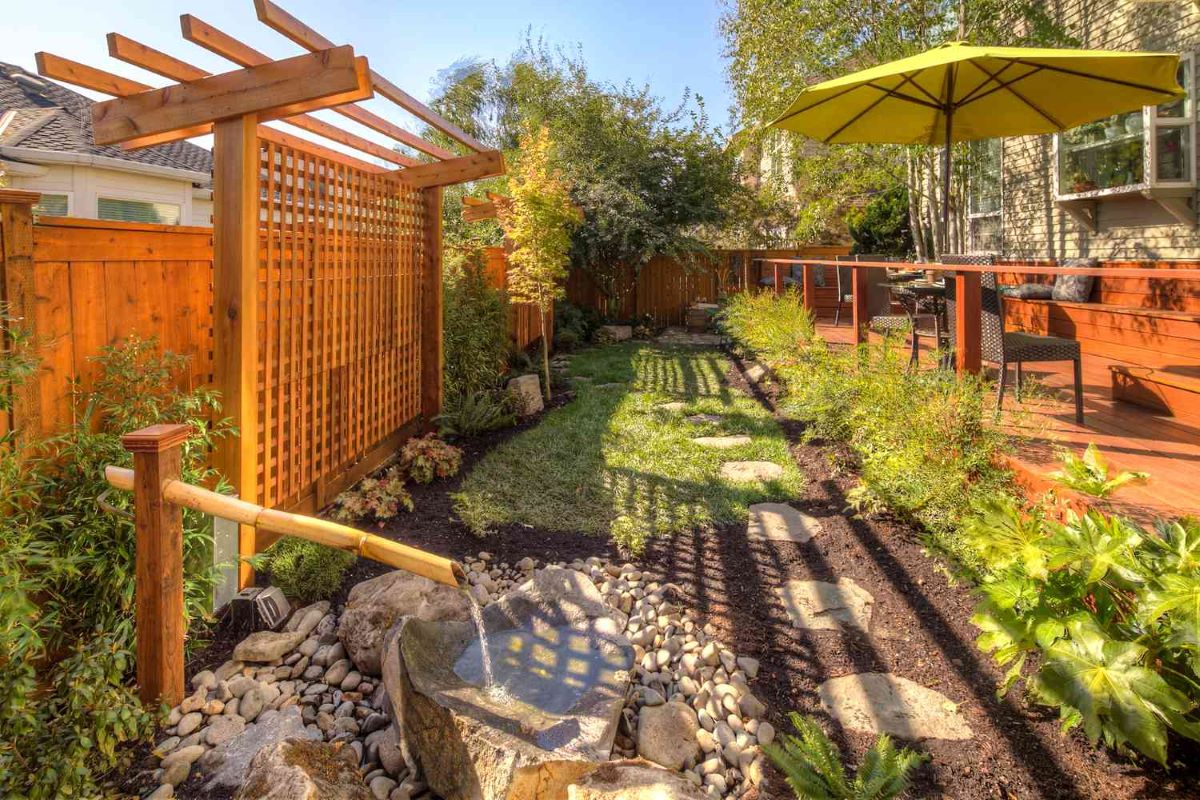

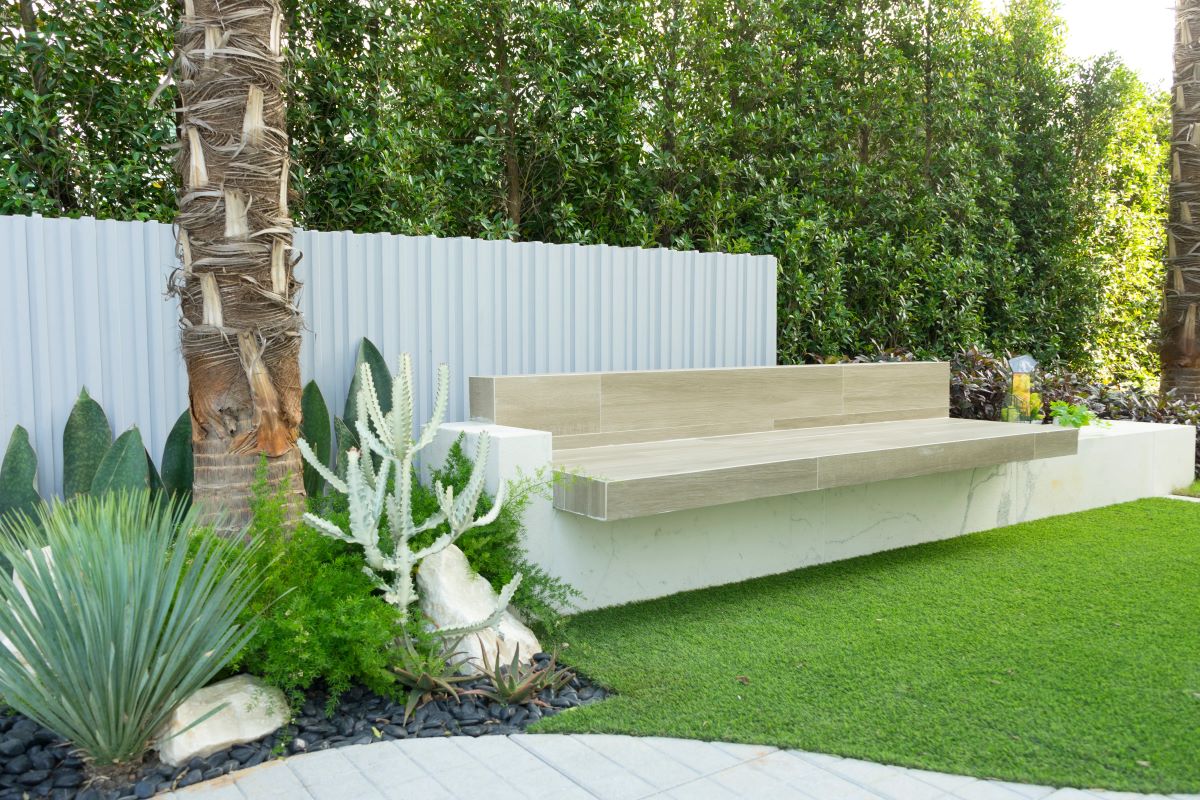
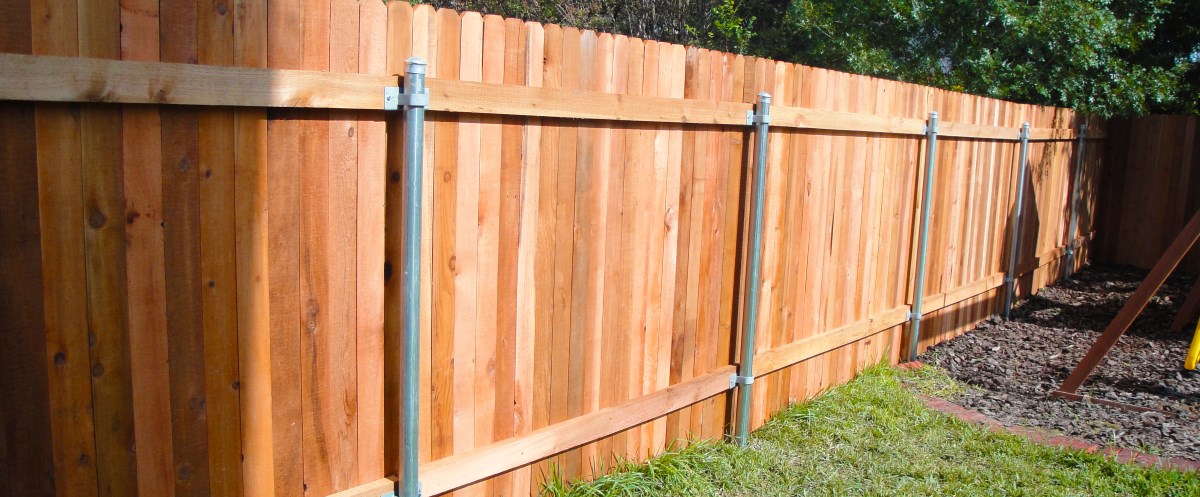
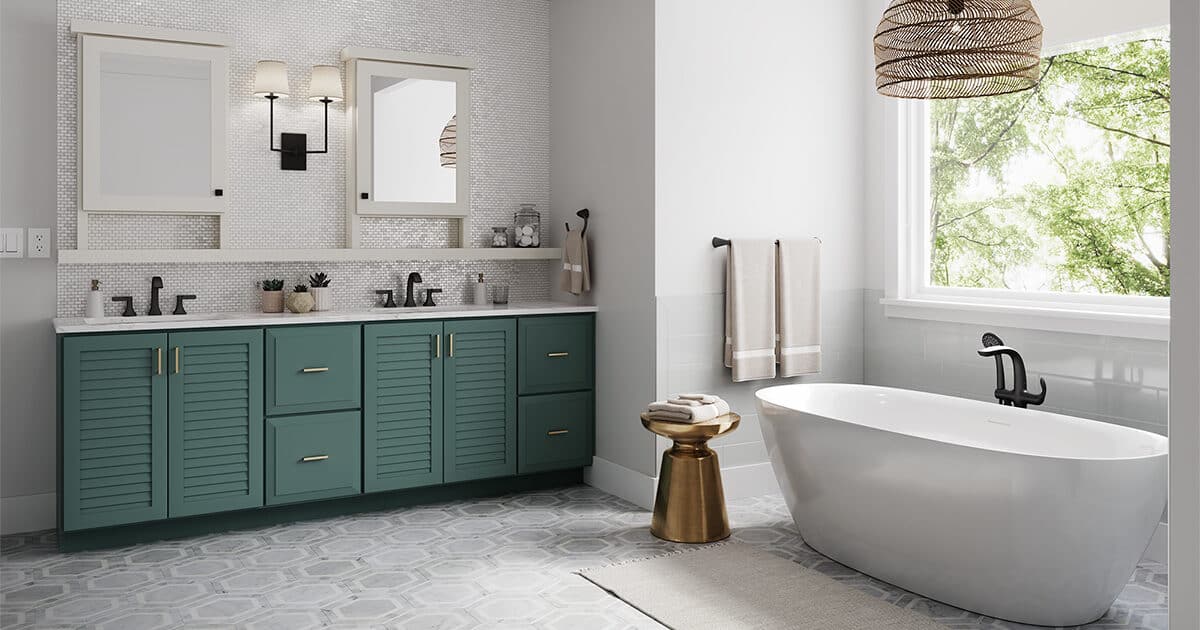
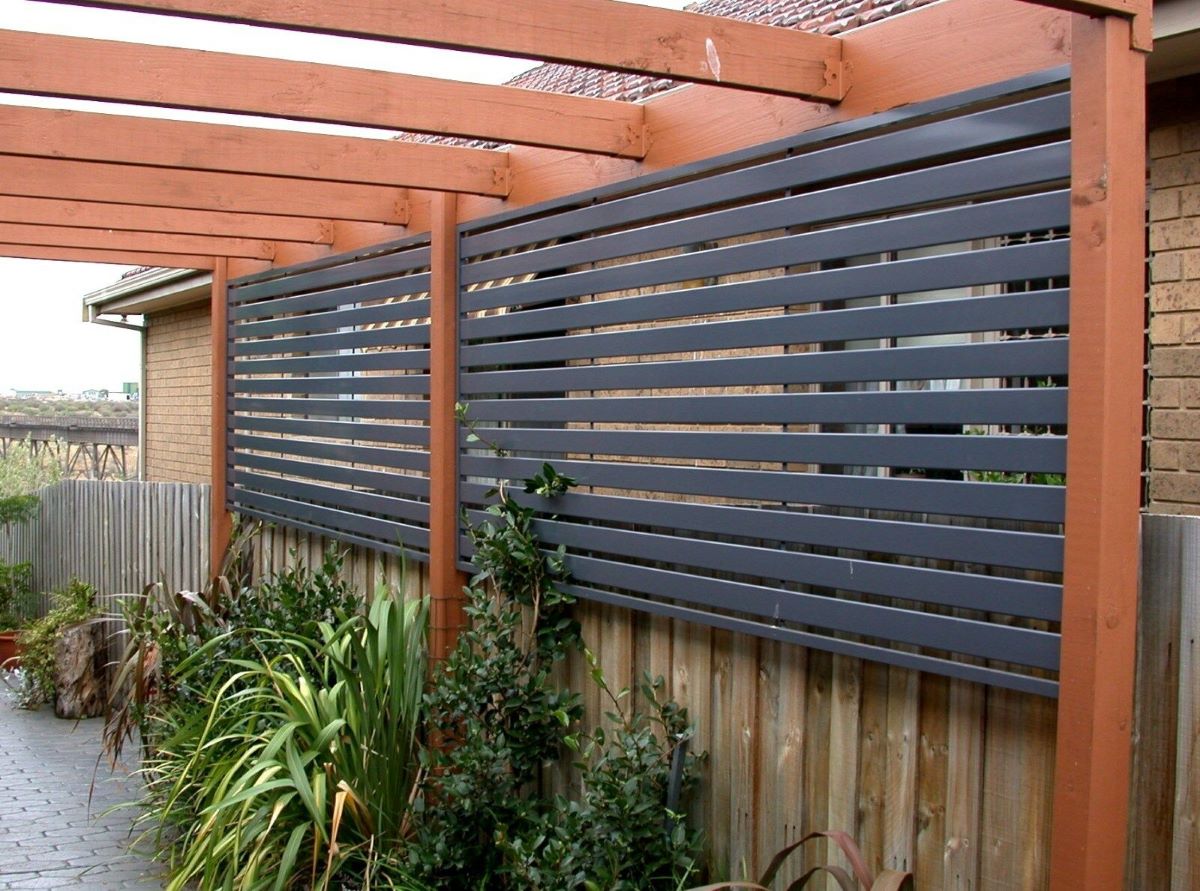
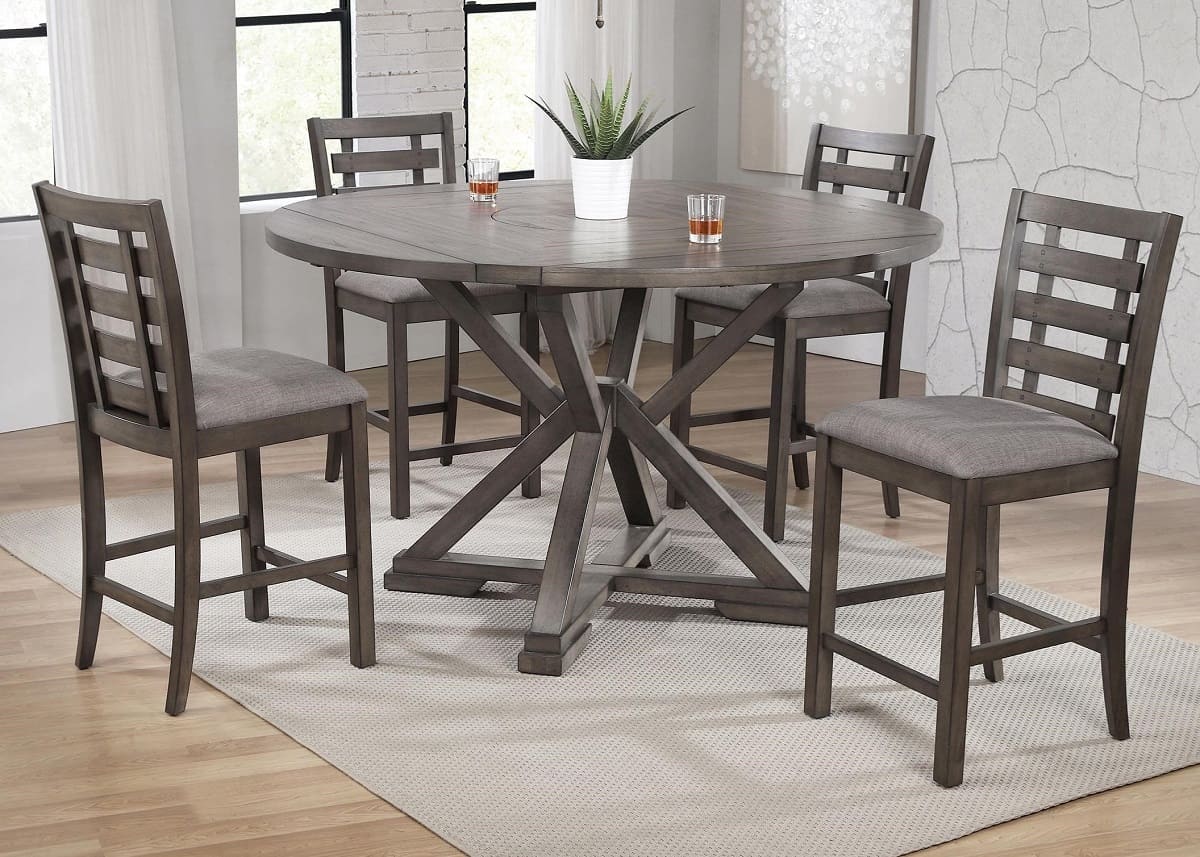
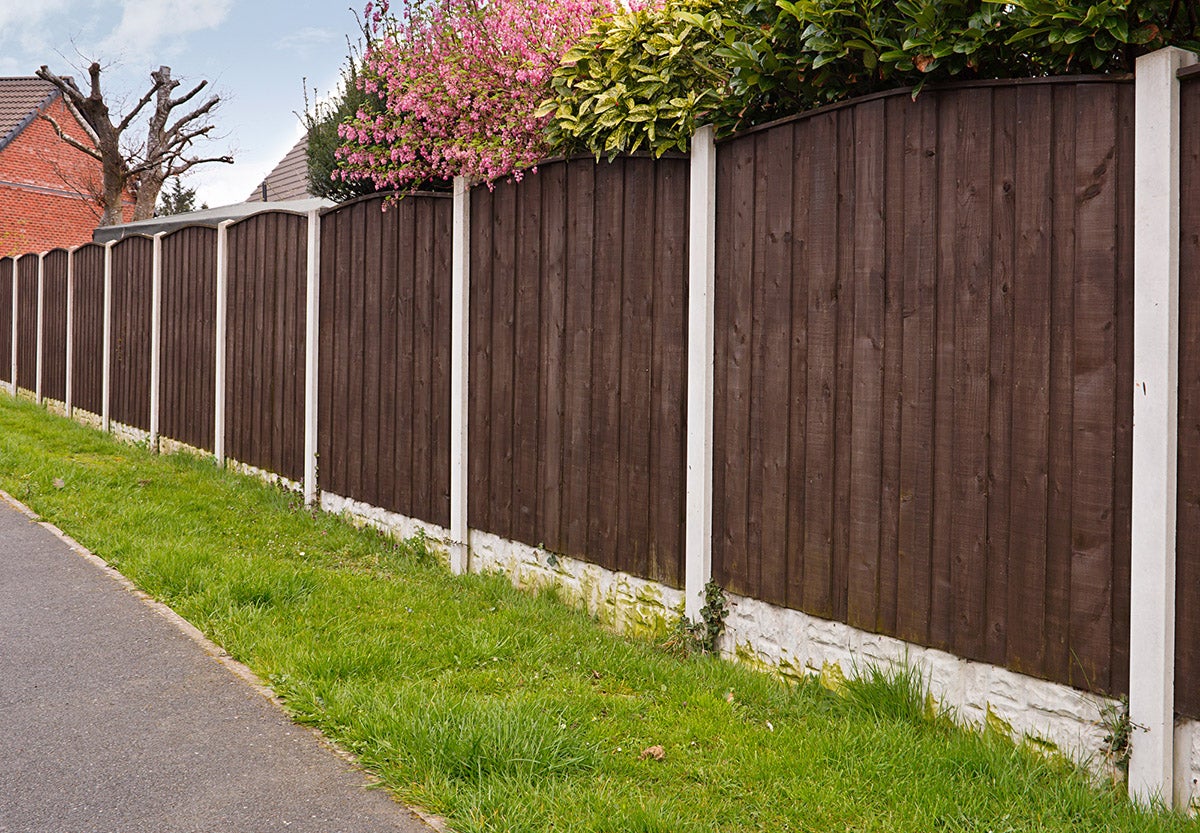
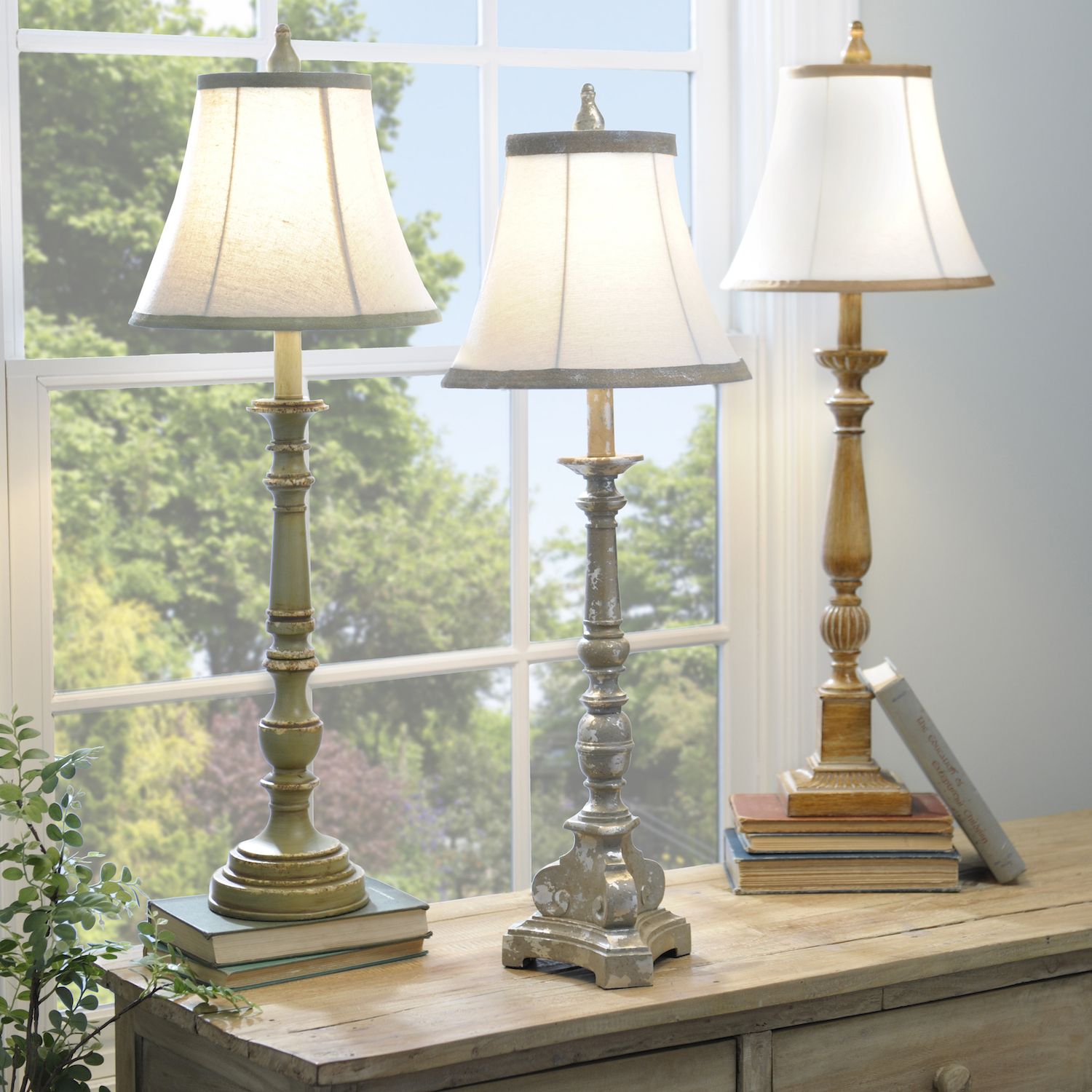
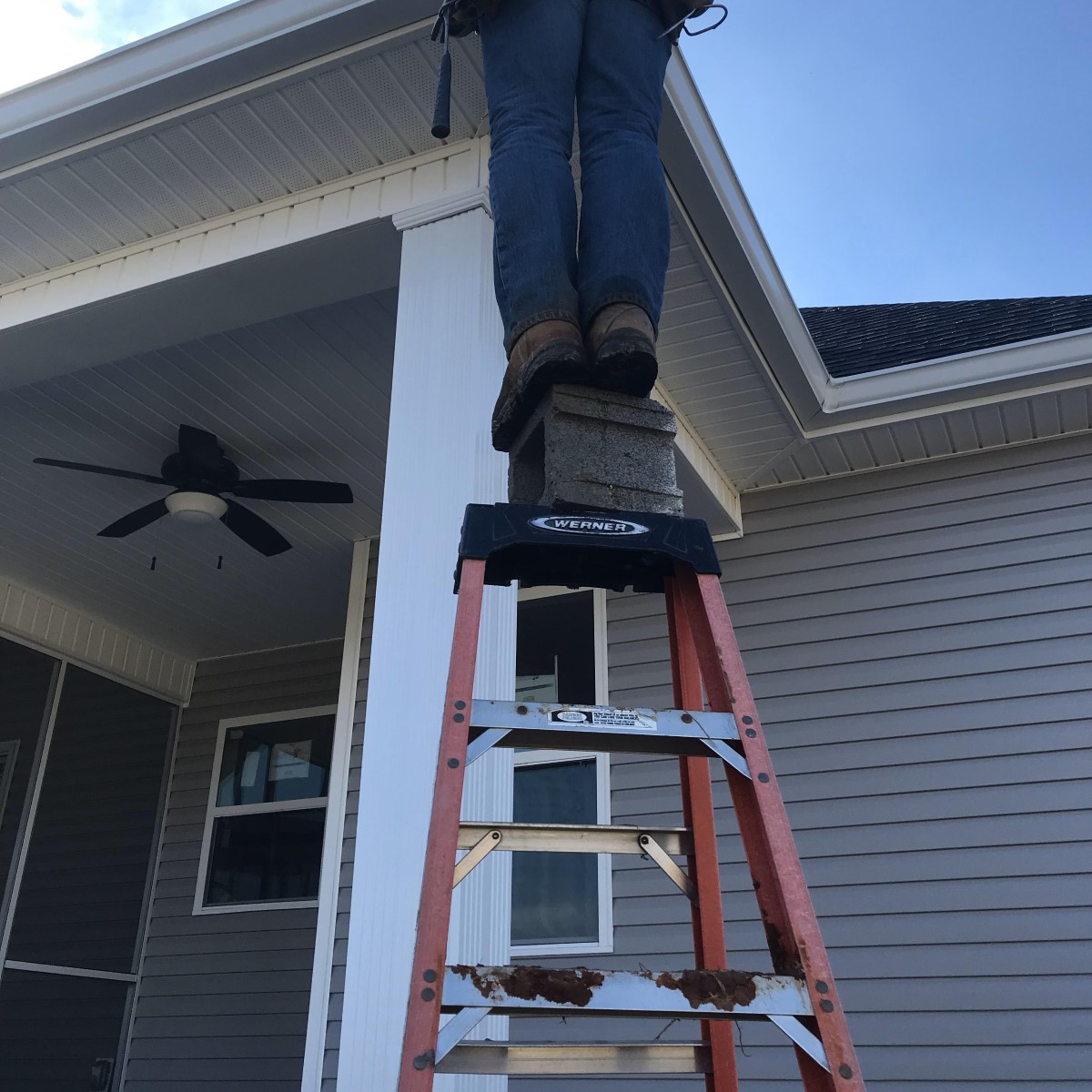



0 thoughts on “How To Make A Privacy Fence Taller”